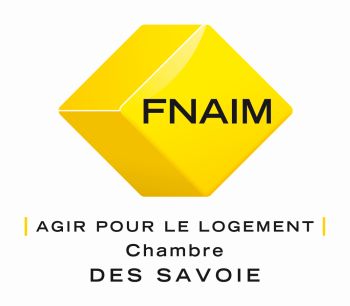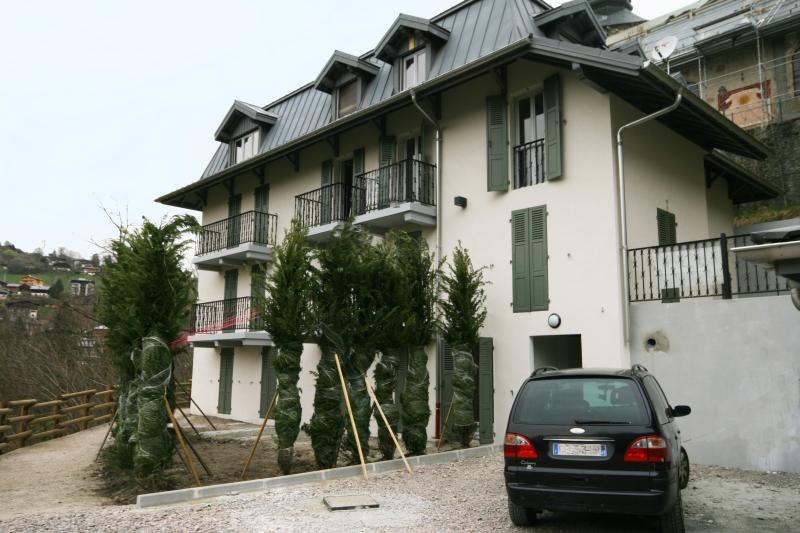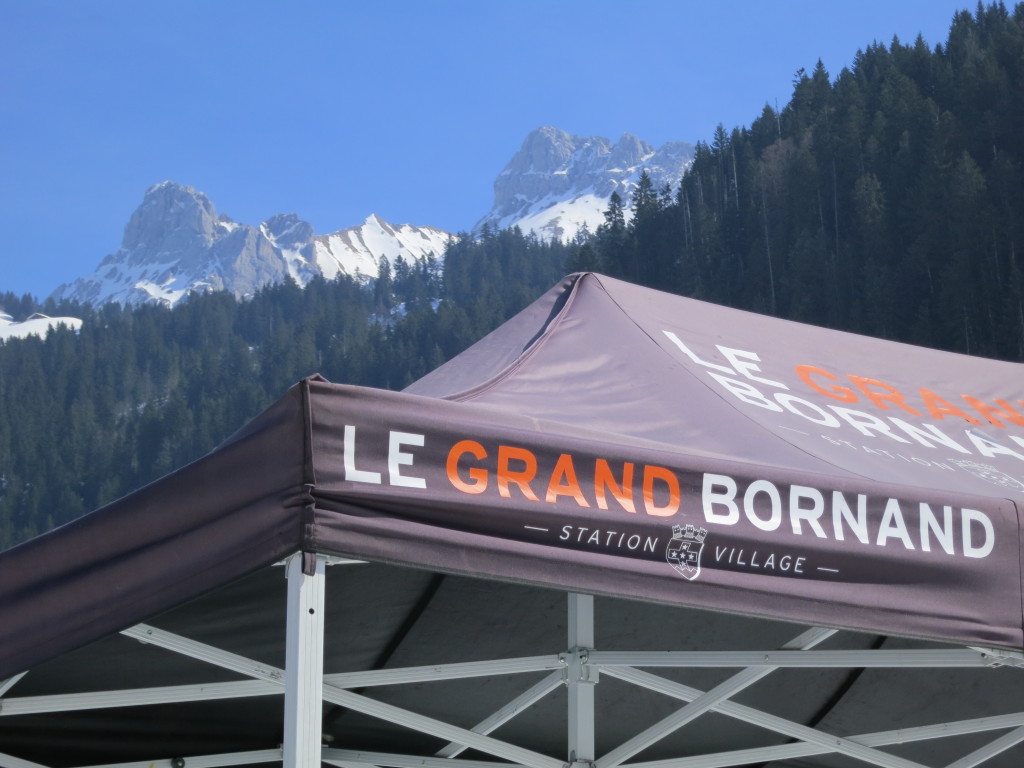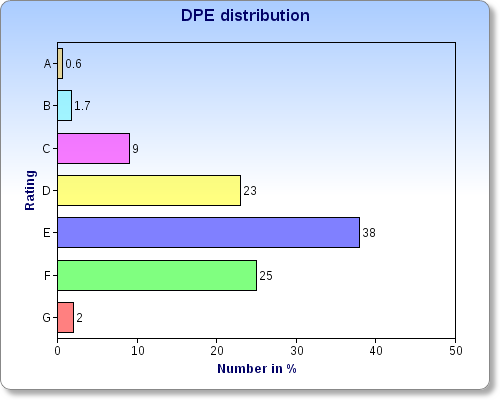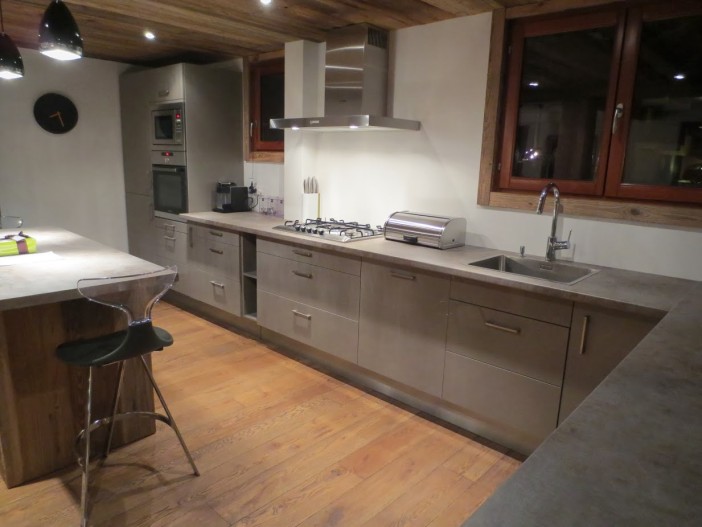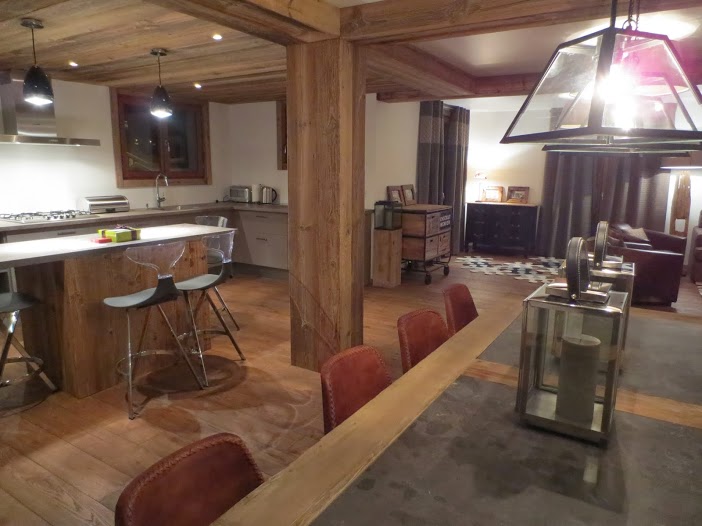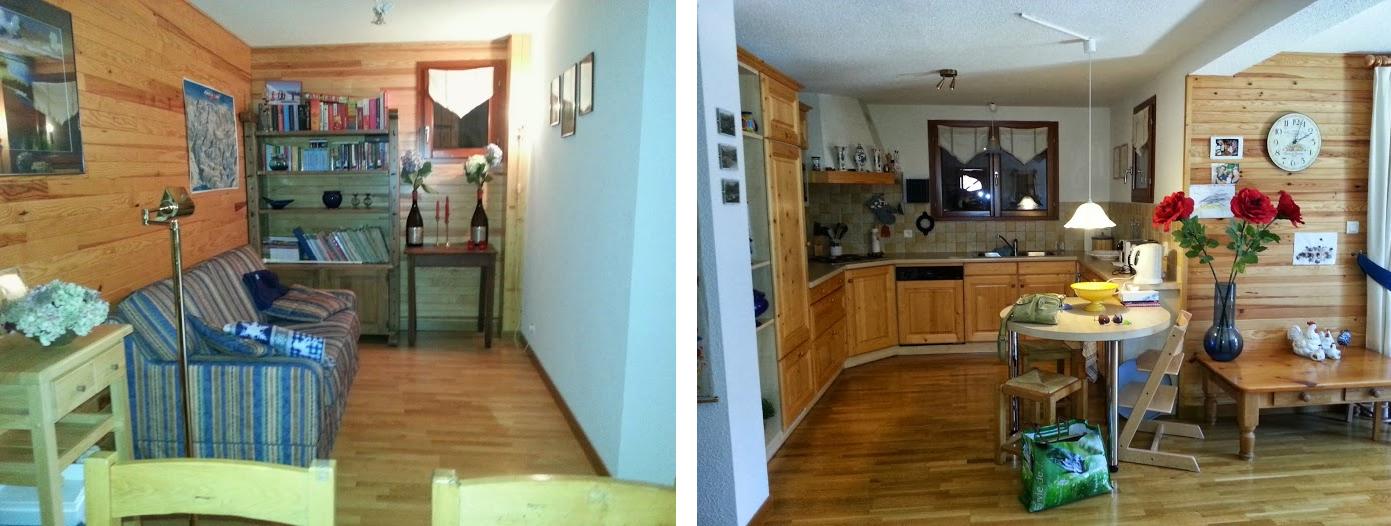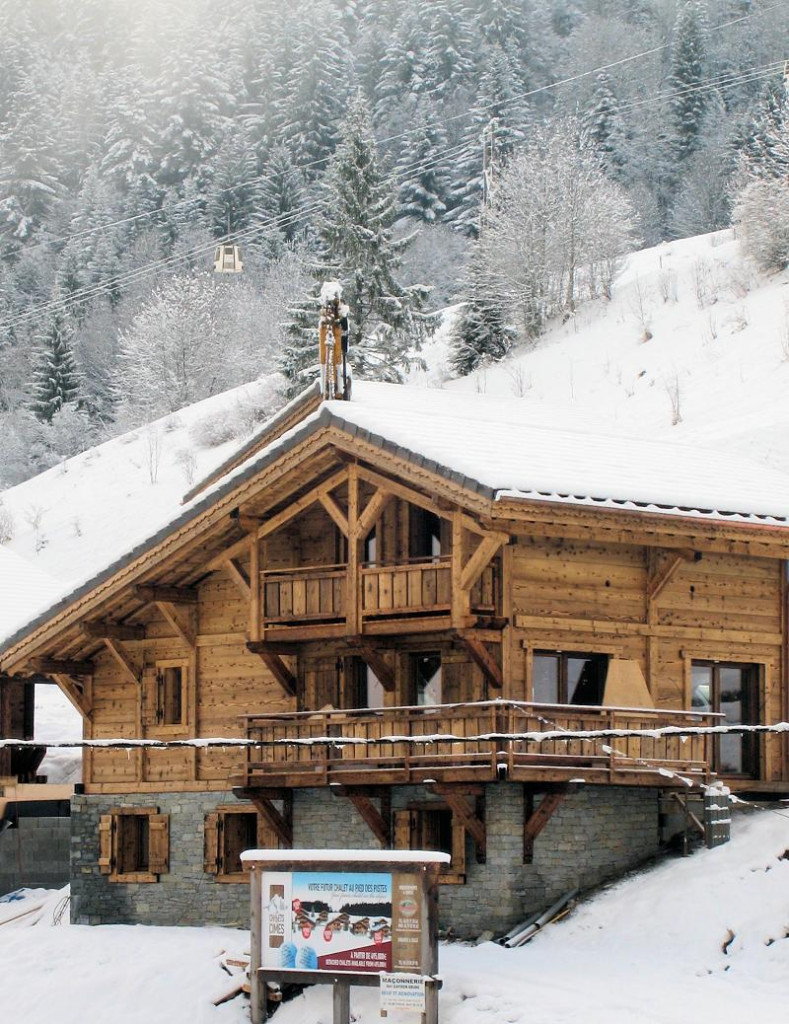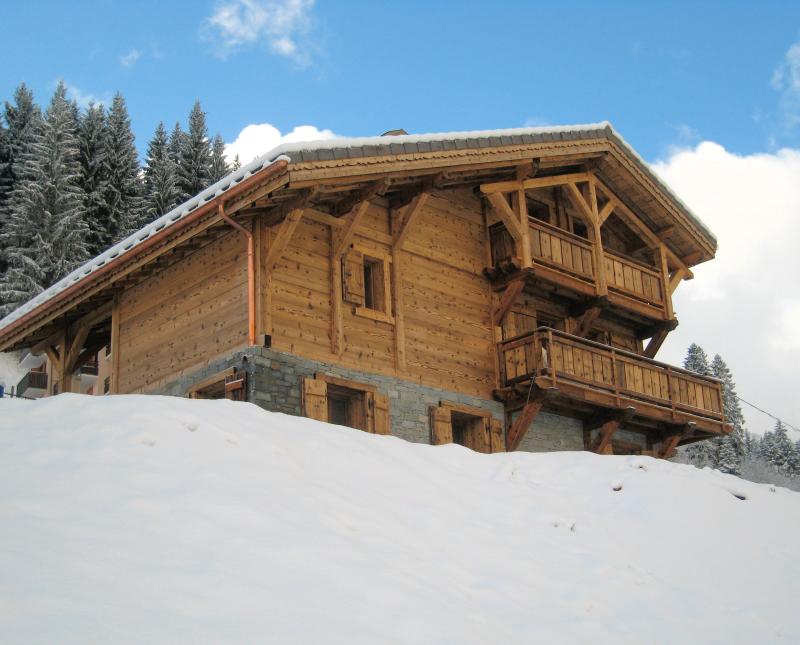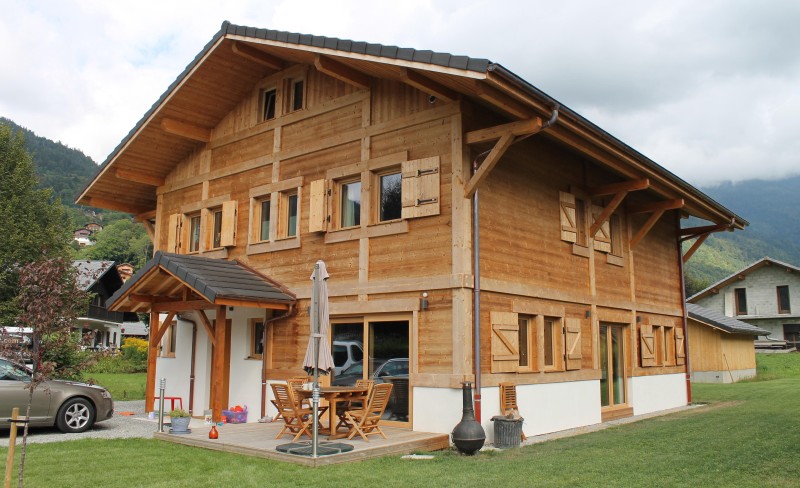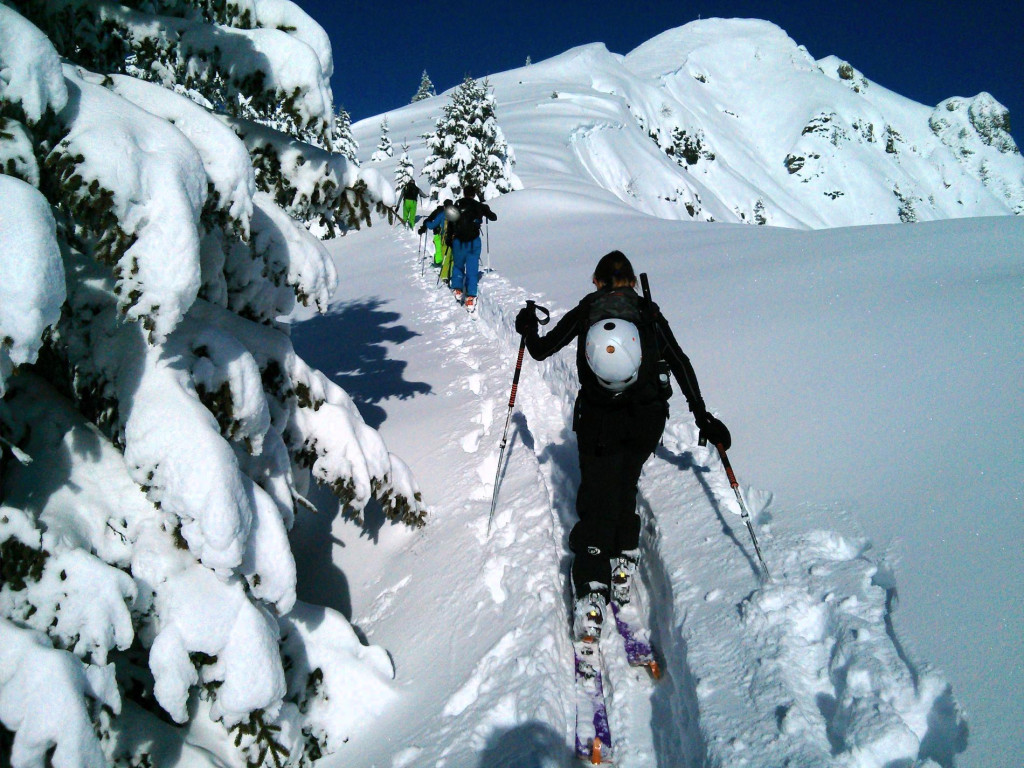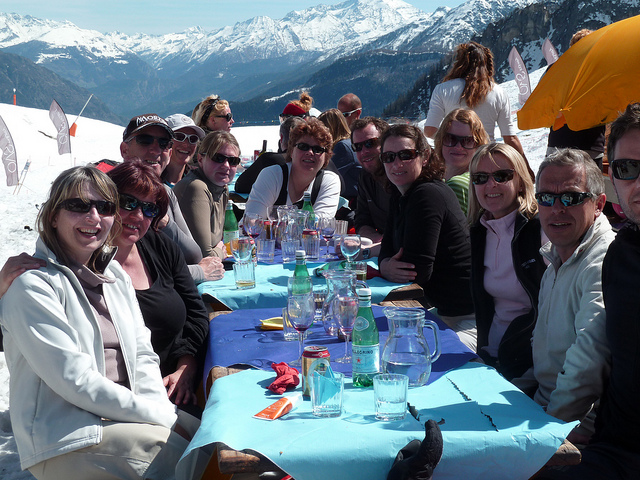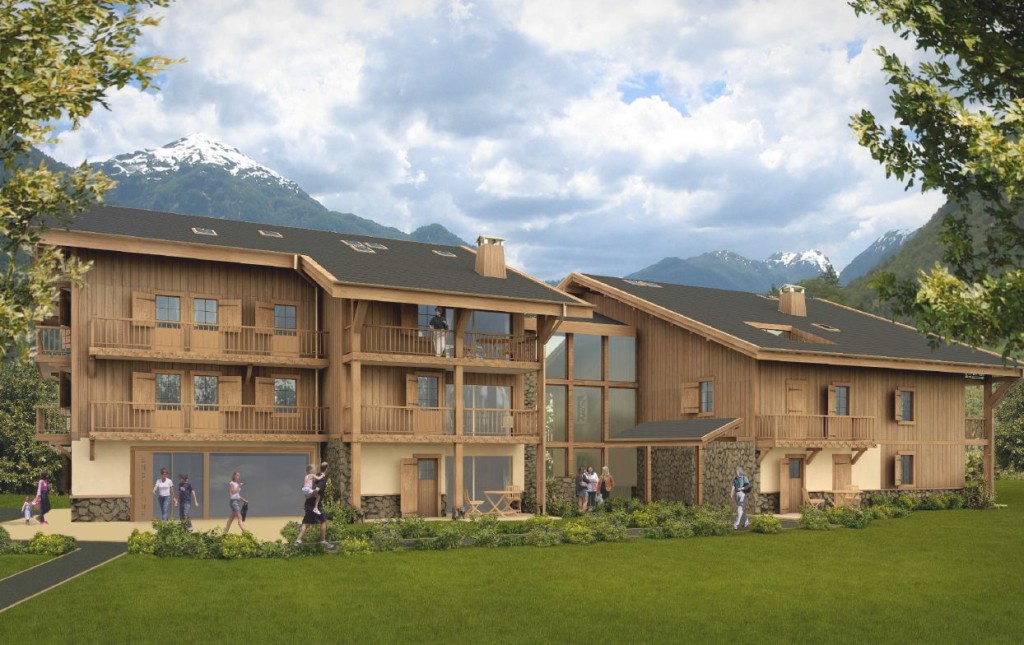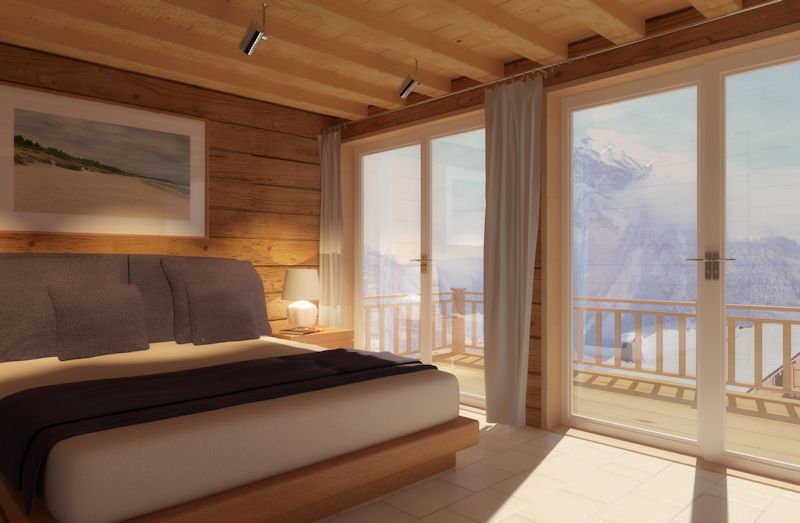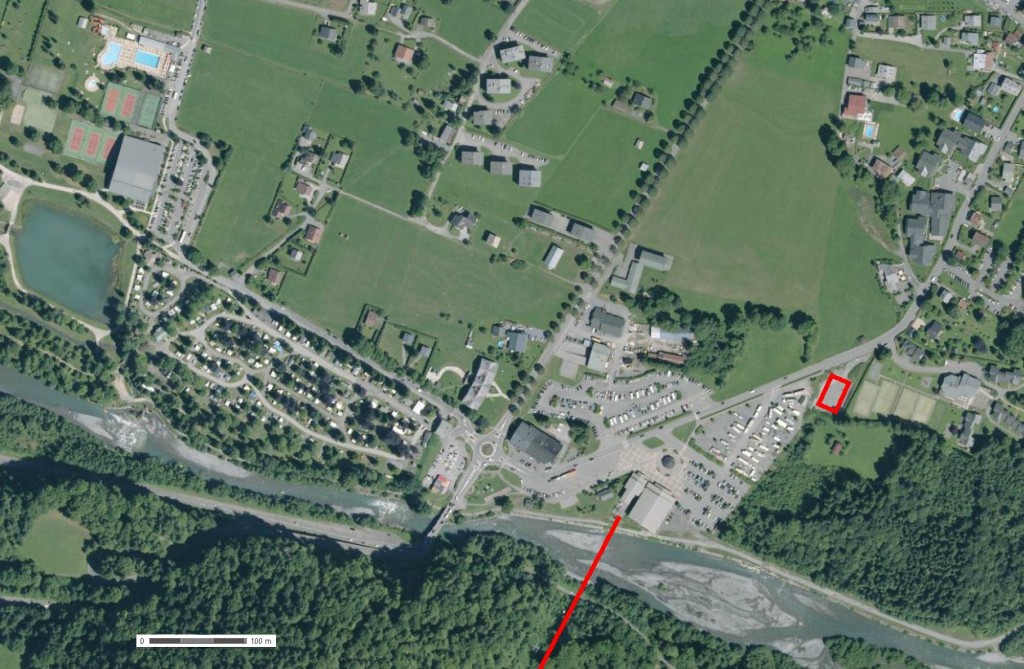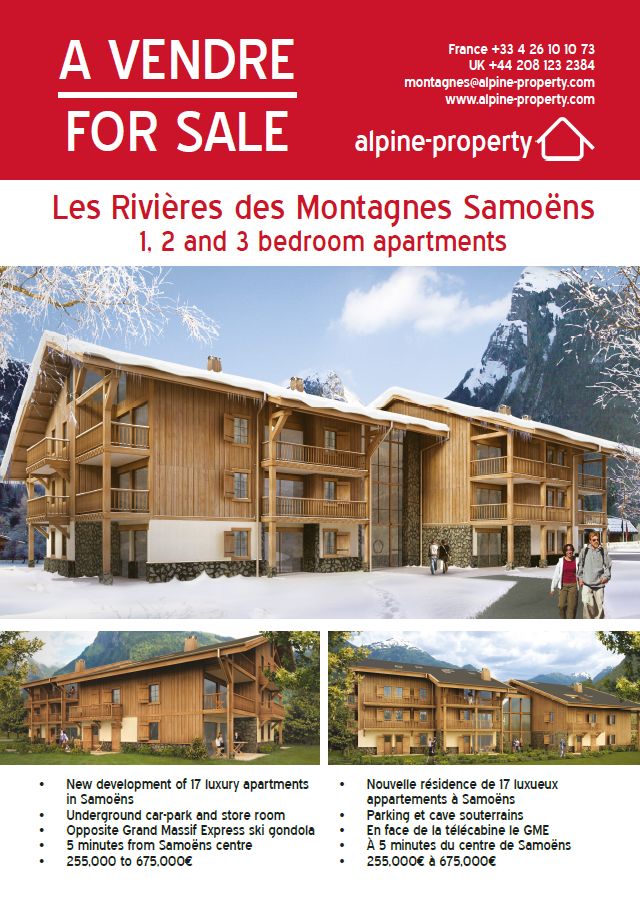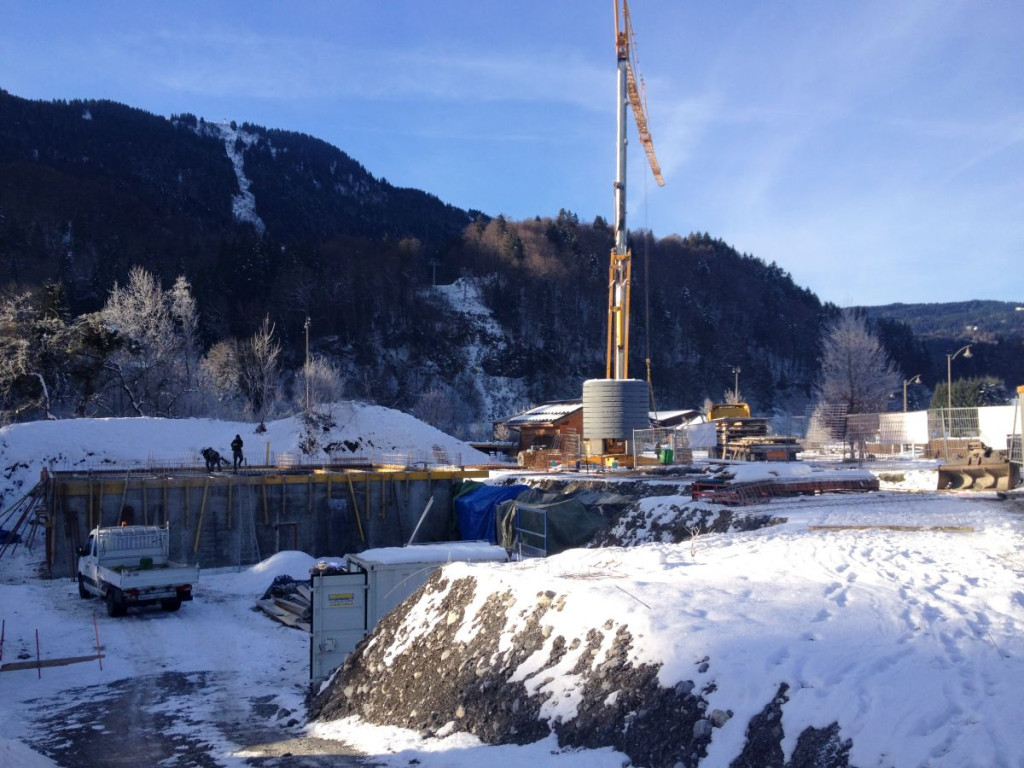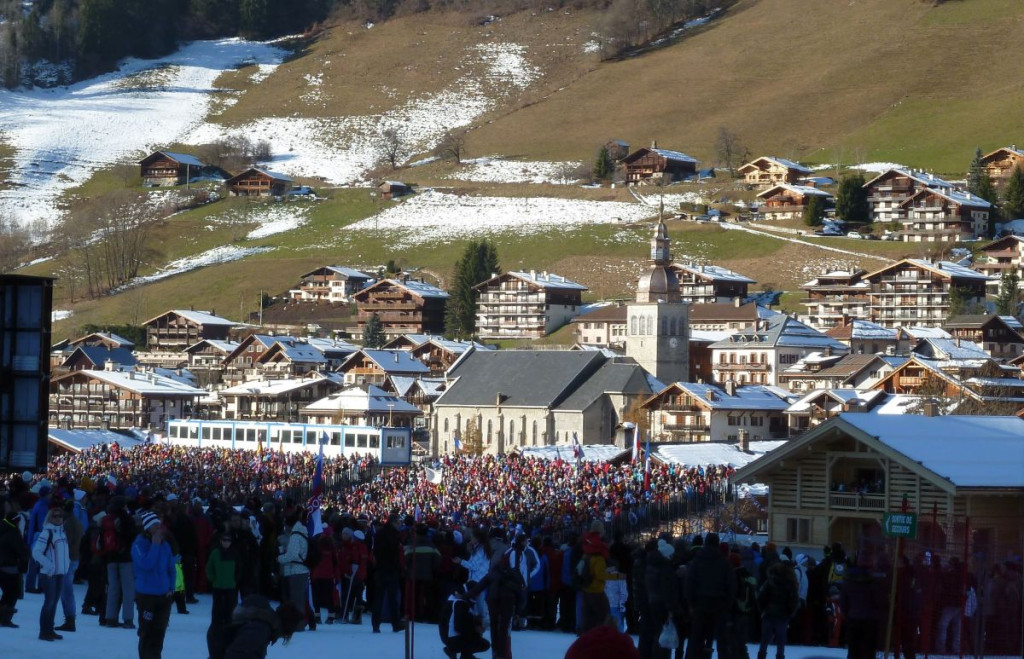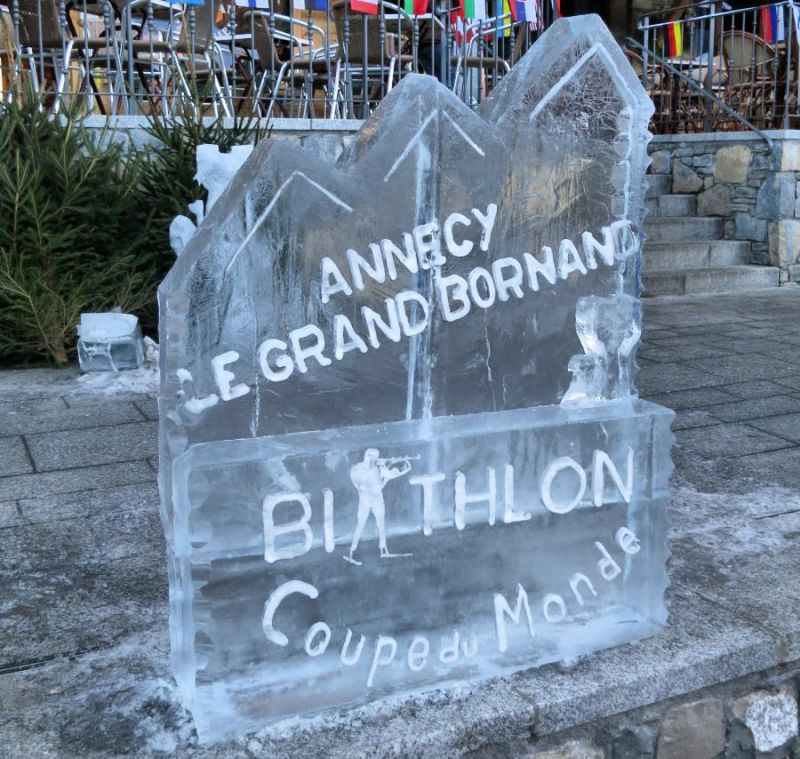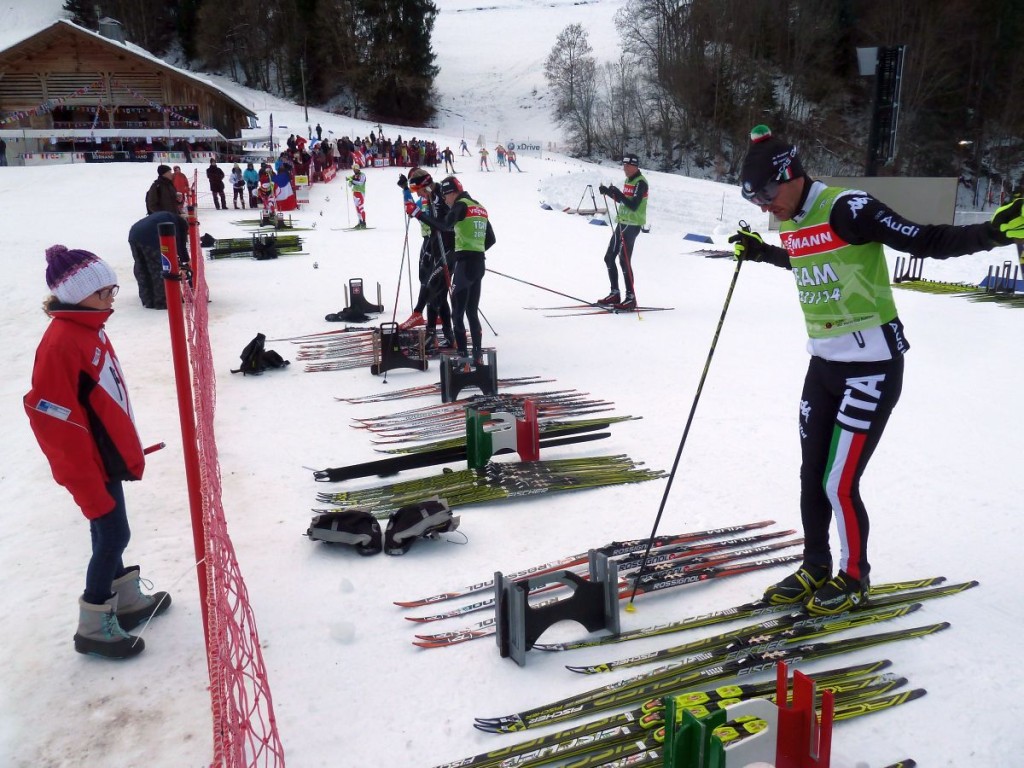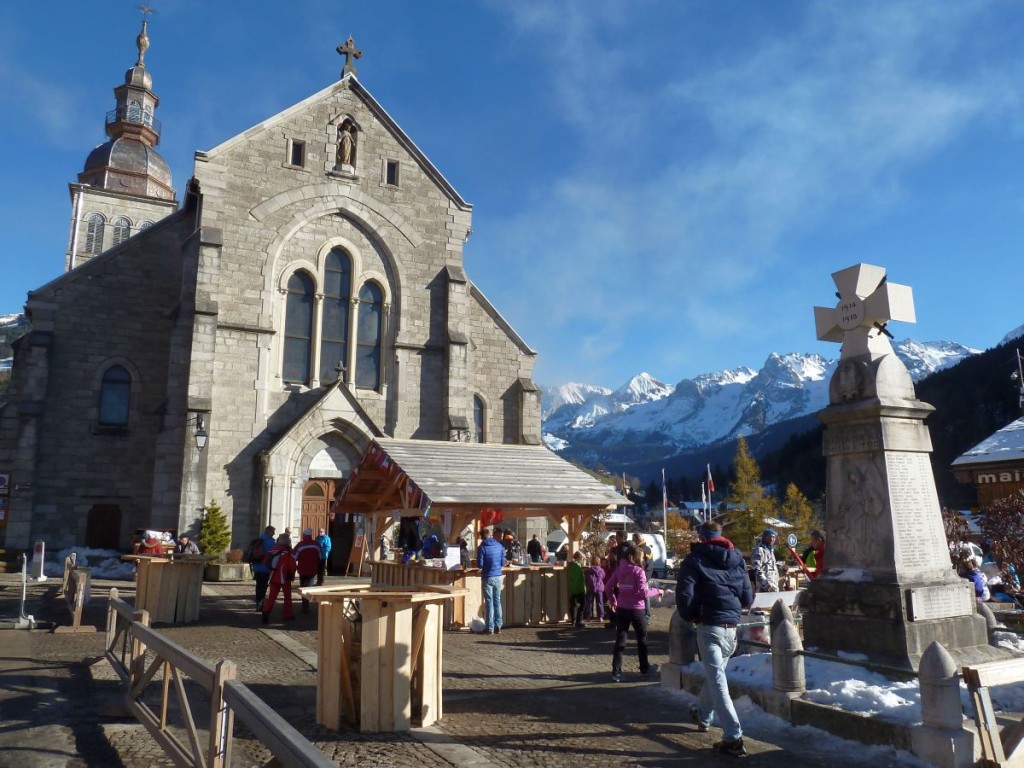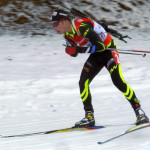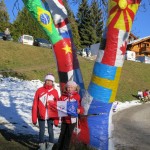Alpine Property is now a member of the France’s Estate Agency Confederation, La Fédération Nationale de l’Immobilier or FNAIM as it is generally known. Its logo, a yellow diamond, is often seen on the doors of the traditional French high street Agence Immobiliere. You can now see the logo on the welcome page of our website.
So, why have we, an international internet based Estate Agency taken this step and why is our membership relevant to our clients?
Estate Agency in France is a highly regulated and scrutinised profession. You can’t operate in France as an Estate Agent without the relevant licence. Once you have the relevant licence you must abide by a series of regulations or risk losing your licence, being fined or, in rare cases, sent to jail.
Over the last 12 months the French government has passed a new law (the Loi Alur) which extends and strengthens these regulations. This new law has been passed to increase consumer protection against the actions of over zealous Estate Agents. As an example, when you sign a contract agreeing to sell your house through a particular Estate Agent you now have a 14 day period in which you can change your mind.
Another example is that all properties must now be advertised inclusive of agency fees. In the past some unscrupulous agencies have advertised properties net of their fees.
And just to complete the picture, a little more context but this time about the Estate Agencies themselves. Since the advent of the internet many new agencies are now starting up on-line, just like Alpine Property. No bricks and mortar office, just a website. In itself this poses no problem for the consumer if the operation on the ground is professional and trustworthy. However, many of these new agencies have been using their virtual existence, and loopholes in the old legislation, to avoid its full impact and operate unprofessionally, to the detriment of clients, both buyers and sellers. We, at Alpine Property, have become increasingly aware of this issue through our clients and have been looking to support any initiative to curb the activities of such unscrupulous agencies.
These new laws have been brought in to close the loopholes and prevent the rogue agencies from operating. They have been designed in collaboration with the FNAIM. This has been our first reason for joining the FNAIM – to support its work to make our profession more professional!
The second reason we have joined this organisation is that as members of the FNAIM we receive information and training on changes in the law which ensures that our agents are fully up to date on of all aspects of the law covering property transactions.
We hope that our membership of the FNAIM will assure our clients, both buyers and sellers, of the continuing professionalism of Alpine Property.

